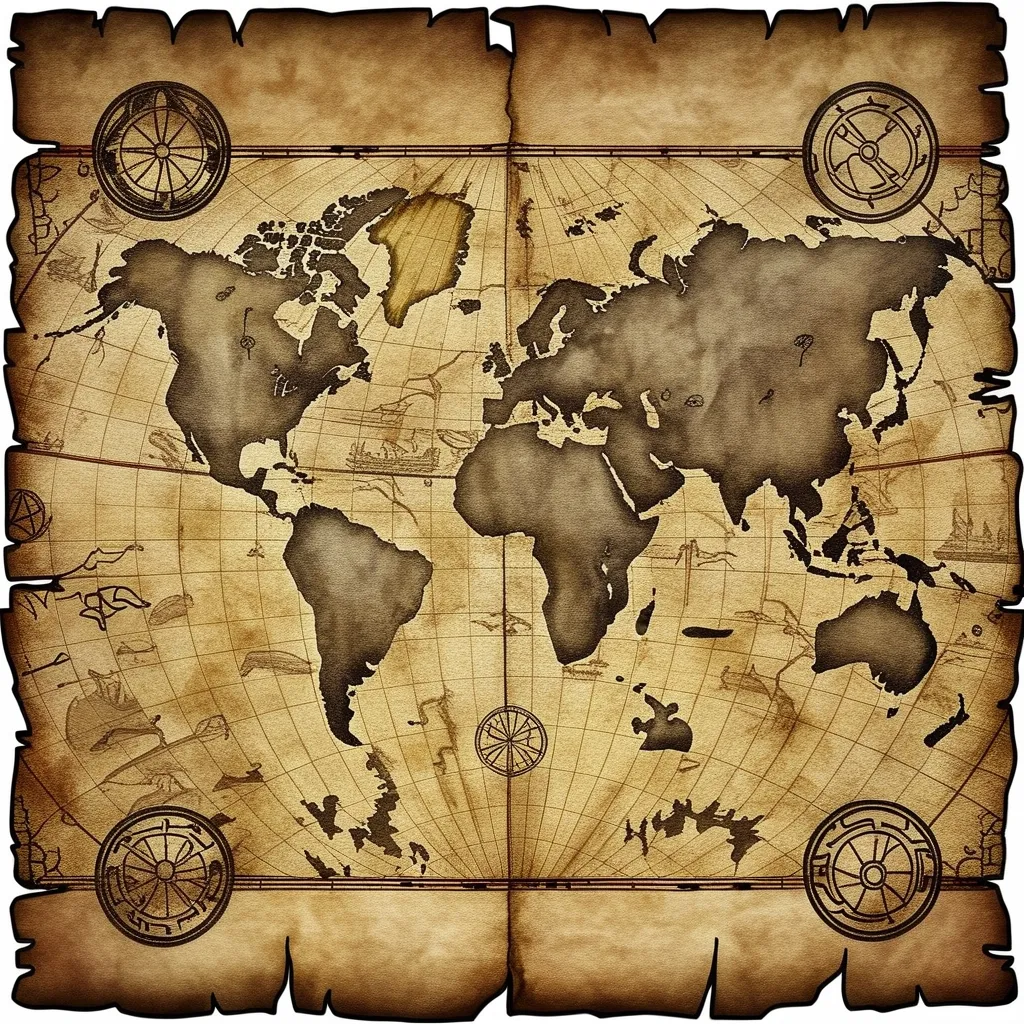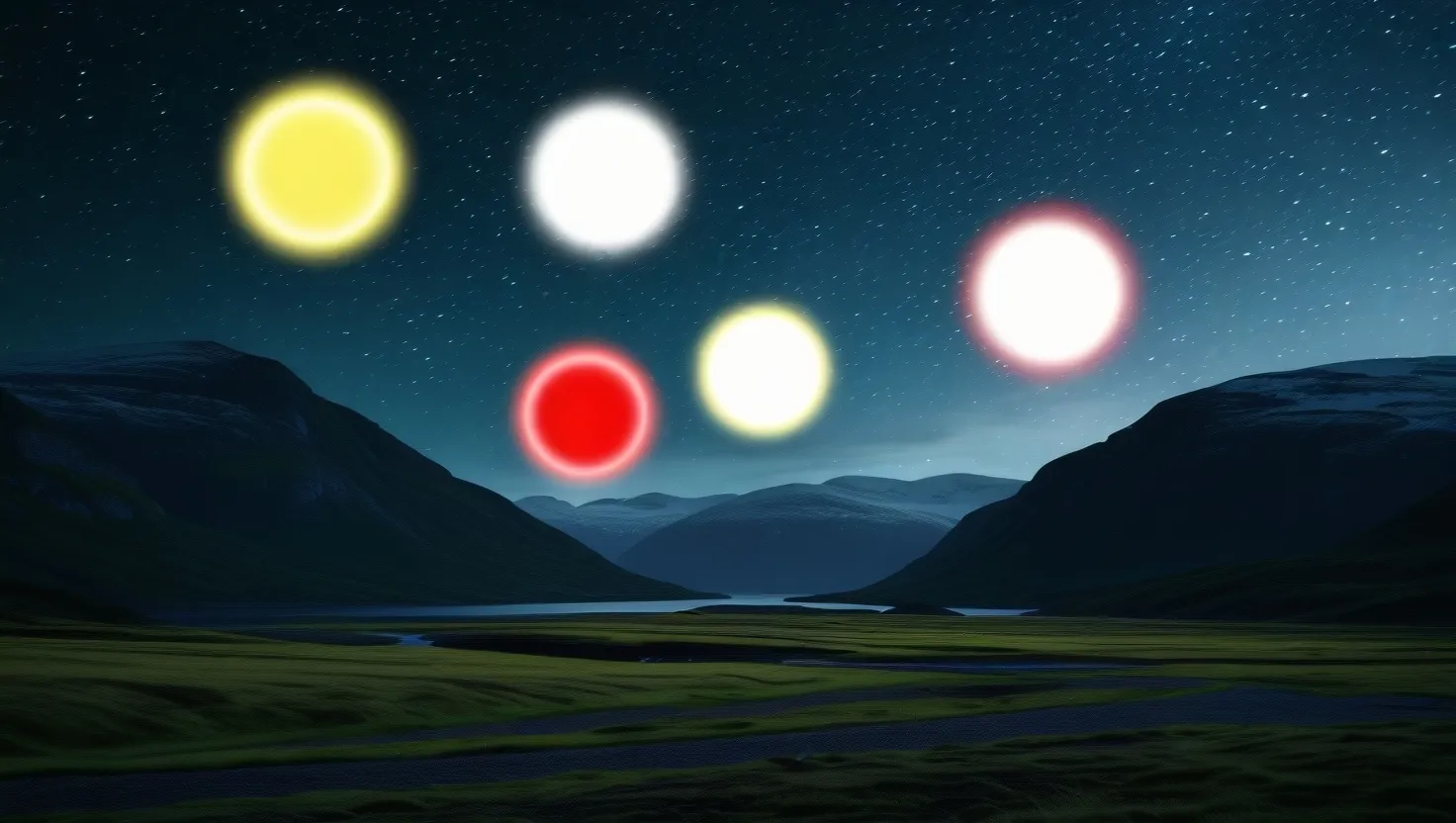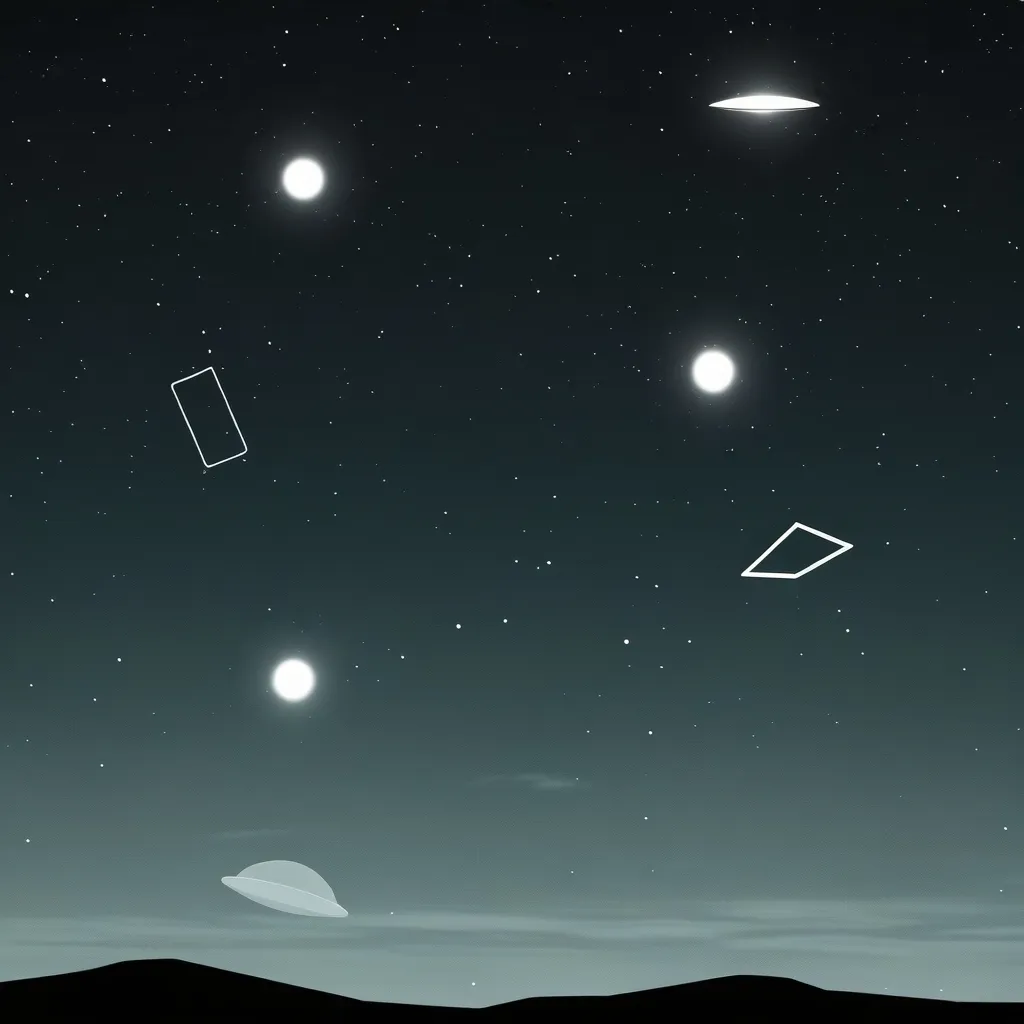The Piri Reis Map: Unveiling Ancient Mysteries
Ever stumbled upon something so mind-blowing it makes you question everything you thought you knew? That’s exactly what happened when the Piri Reis map was discovered in 1929. This isn’t just any old map - it’s a potential game-changer for how we view human history.
Picture this: it’s 1513, and Ottoman Admiral Piri Reis is putting the finishing touches on a map that would baffle experts for centuries to come. Fast forward to 1929, and this forgotten masterpiece resurfaces during renovations at the Topkapi Palace in Istanbul. Talk about a lucky find!
Now, you might be thinking, “What’s the big deal? It’s just a map.” But hold onto your hats, because this isn’t your average geography lesson. The Piri Reis map shows parts of Europe, Africa, and the Americas with shocking accuracy for its time. But here’s where it gets really weird - it also seems to depict Antarctica. Yeah, you read that right. Antarctica. The continent that wasn’t officially discovered until 1820.
But wait, it gets even crazier. The map doesn’t just show Antarctica - it appears to show it without ice. Now, unless Piri Reis had a time machine, this shouldn’t be possible. The last time Antarctica was ice-free was over 6,000 years ago. So how on earth did a 16th-century cartographer know what it looked like?
This is where things start to get really interesting. Some folks reckon this could be evidence of a prehistoric civilization with some seriously advanced knowledge. I mean, we’re talking about a level of geographical awareness that puts Google Maps to shame. It’s like finding out your great-great-grandpa invented the smartphone before Alexander Graham Bell even thought of the telephone.
But let’s pump the brakes for a second and talk about the man behind the map. Piri Reis wasn’t just some random dude with a knack for drawing. He was a skilled sailor and navigator who did his homework. He pieced together his map using a mishmash of sources - we’re talking ancient Greek and Roman maps, Portuguese charts, and even a map supposedly drawn by Christopher Columbus himself. It’s like he was the 16th-century version of a data analyst, crunching numbers and connecting dots that nobody else could see.
Now, I know what you’re thinking. “Surely there’s a logical explanation for all this?” Well, you’re not alone. Plenty of scientists have tried to debunk the whole ice-free Antarctica theory. They point out that recent ice core data suggests Antarctica’s been a popsicle for over ten million years. So unless our ancient ancestors were fond of extreme ice skating, it’s unlikely they were hanging out there in recent history.
But here’s the thing - even if the Antarctica bit is a bust, the map is still incredibly accurate in other ways. It shows the coastline of South America with a level of detail that shouldn’t have been possible back then. It’s like Piri Reis had access to satellite imagery before satellites were even a twinkle in NASA’s eye.
Of course, not everyone’s buying into the hype. Some killjoys… I mean, skeptics… argue that the map’s accuracy can be explained by the cartographic techniques of the time. They point to other maps from the same era that are considered even more accurate. It’s like saying, “Yeah, your grandpa’s cool, but have you seen what my grandpa can do?”
But regardless of whether you believe in ancient advanced civilizations or not, you’ve got to admit - the Piri Reis map is pretty darn cool. It’s become a symbol of the mysteries that still surround our understanding of ancient civilizations. It’s like a 500-year-old middle finger to everything we thought we knew about history.
And it’s not alone. There are other artifacts out there that make us scratch our heads and go “Huh?” Take the Baghdad batteries, for instance. These are clay jars with asphalt stoppers and iron rods that can actually generate electricity. Found in Iraq, they date back to the Parthian period (250 BC to AD 224). It’s like someone in ancient Mesopotamia was trying to invent the Duracell bunny two millennia too early.
Or how about the ancient Egyptian light bulb? This isn’t some wacky theory - it’s an actual engraving found in a crypt under the Temple of Hathor that looks suspiciously like a modern light bulb. It’s enough to make you wonder if the ancient Egyptians were more “enlightened” than we thought.
These out-of-place artifacts, or “ooparts” as the cool kids call them, are like little historical hand grenades. They explode our neat and tidy view of the past and force us to consider some pretty wild possibilities. Maybe, just maybe, there were periods of advanced technological development that got lost along the way. It’s like imagining your ancestors had smartphones, but then everyone decided flip phones were cooler and forgot how to make touchscreens.
Now, I’m not saying we should throw out all our history books and start believing in ancient aliens or time-traveling cartographers. But these artifacts do make you wonder, don’t they? They’re like little question marks scattered throughout history, daring us to dig deeper and challenge what we think we know.
The Piri Reis map and its out-of-place buddies remind us that there’s still a lot we don’t know about our past. They’re like historical treasure hunts, inviting us to explore the uncharted territories of human history. Who knows what other mind-bending discoveries are out there, just waiting to be unearthed?
So the next time you’re feeling pretty smug about how advanced we are as a civilization, remember the Piri Reis map. Remember those ancient batteries and that Egyptian light bulb. They’re proof that history is full of surprises, and that the truth about our past might be even wilder than we can imagine.
Who knows? Maybe one day we’ll discover that our ancestors really did have it all figured out, and we’re just playing catch-up. Until then, let’s keep digging, keep questioning, and keep our minds open to the possibility that history might be a whole lot stranger - and cooler - than we ever thought possible.
After all, if a 500-year-old map can still make us go “Wow!”, imagine what other historical mic drops are out there, just waiting to blow our minds. So here’s to the mysteries of the past, the Piri Reis maps of the world, and the tantalizing possibility that we might just be living in the middle of history’s greatest plot twist. Now that’s a story worth mapping out!






